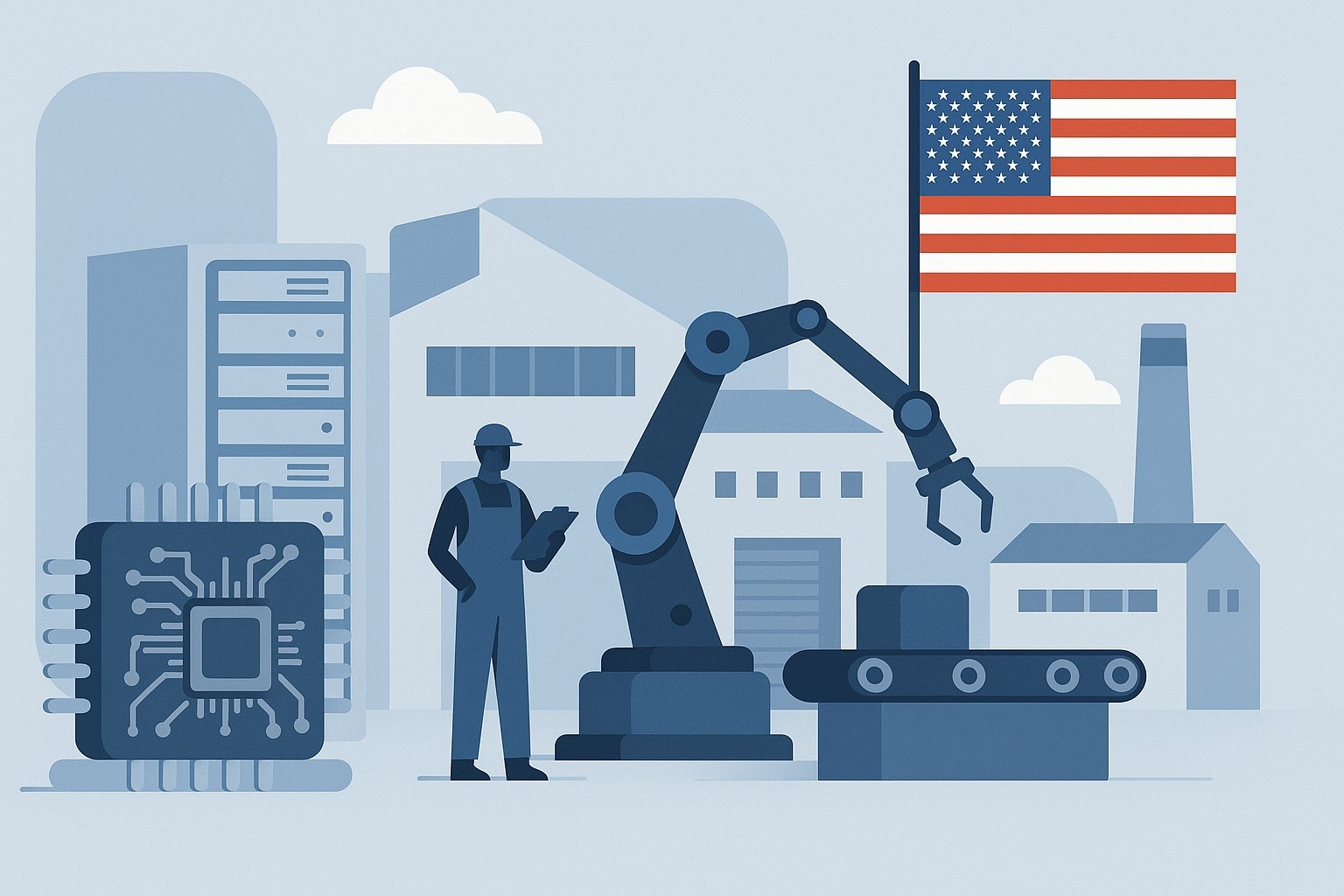Reshoring Electronics Manufacturing to the U.S.: Challenges and Imperatives
The Strategic Imperative for Reshoring
The COVID-19 pandemic and geopolitical tensions have exposed vulnerabilities in global supply chains, particularly in the electronics sector. Dependence on overseas manufacturing, especially in Asia, has led to shortages of critical components, prompting a reevaluation of sourcing strategies. Reshoring is seen as a means to enhance supply chain resilience, ensure national security, and stimulate domestic job creation.
Legislative measures like the CHIPS and Science Act have allocated substantial funding to support domestic semiconductor manufacturing. Companies such as Intel, TSMC, and Samsung have announced significant investments in U.S.-based facilities, signaling a commitment to reestablishing domestic production capabilities.
Economic and Infrastructural Challenges
High Operational Costs
One of the primary obstacles to reshoring is the higher cost of manufacturing in the U.S. compared to countries like China and Vietnam. Labor costs, regulatory compliance, and construction expenses contribute to this disparity.
For instance, TSMC reported that constructing a chip plant in Arizona is four to five times more expensive than in Taiwan, with operational costs at least 50% higher.
Supply Chain Dependencies
Decades of offshoring have led to the erosion of domestic supplier networks. Rebuilding these networks requires significant investment and time. Many components and raw materials essential for electronics manufacturing are still predominantly sourced from overseas, making complete self-sufficiency a daunting goal.
Workforce Limitations
Skilled Labor Shortage
The U.S. faces a shortage of skilled workers necessary for advanced manufacturing. The success of the CHIPS Act hinges on the availability of technicians and engineers to operate and maintain sophisticated equipment. However, the current educational pipeline is insufficient to meet this demand, and efforts to train and retain talent are ongoing challenges.
Cultural and Training Gaps
Companies like TSMC have encountered cultural differences and training gaps when integrating their operations into the U.S. labor market. Efforts to bring in experienced foreign technicians have met resistance from local labor unions, highlighting the complexities of workforce integration in reshoring initiatives.
Technological Considerations
Automation and Robotics
To mitigate high labor costs, many manufacturers are turning to automation. Investments in robotics and advanced manufacturing technologies can enhance productivity and offset some cost disadvantages. However, the initial capital expenditure is substantial, and smaller firms may struggle to adopt these technologies without significant support.
Innovation and R&D
Maintaining a competitive edge requires continuous innovation. Reshoring efforts must be accompanied by investments in research and development to foster technological advancements and ensure that domestic manufacturing remains at the forefront of the industry.
Policy and Incentive Structures
Government Support
Federal and state governments play a crucial role in facilitating reshoring through incentives, tax breaks, and infrastructure development. The CHIPS and Science Act is a step in this direction, but sustained support and clear policy frameworks are essential to attract and retain manufacturing operations.
Regulatory Environment
Streamlining regulatory processes can reduce barriers to establishing and expanding manufacturing facilities. Balancing environmental considerations with the need for rapid development is a delicate task that requires thoughtful policy design.
Reshoring electronics manufacturing to the U.S. is a complex but strategically important endeavor. While challenges abound—from high operational costs and supply chain dependencies to workforce shortages and technological demands—concerted efforts by industry stakeholders and government entities can pave the way for a more resilient and self-reliant manufacturing landscape. Achieving this goal will require sustained investment, innovation, and collaboration across sectors.
















